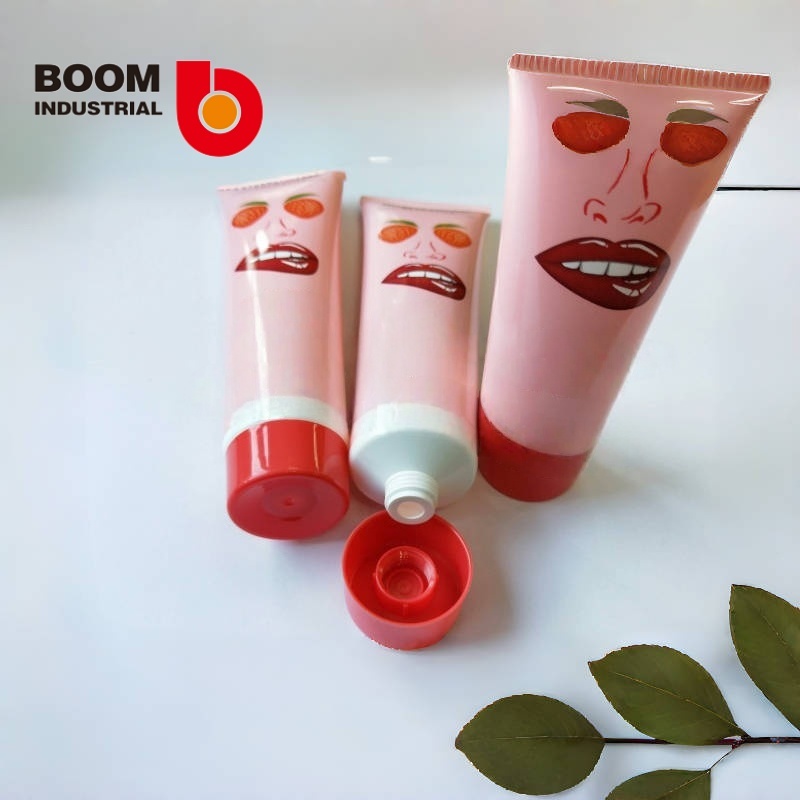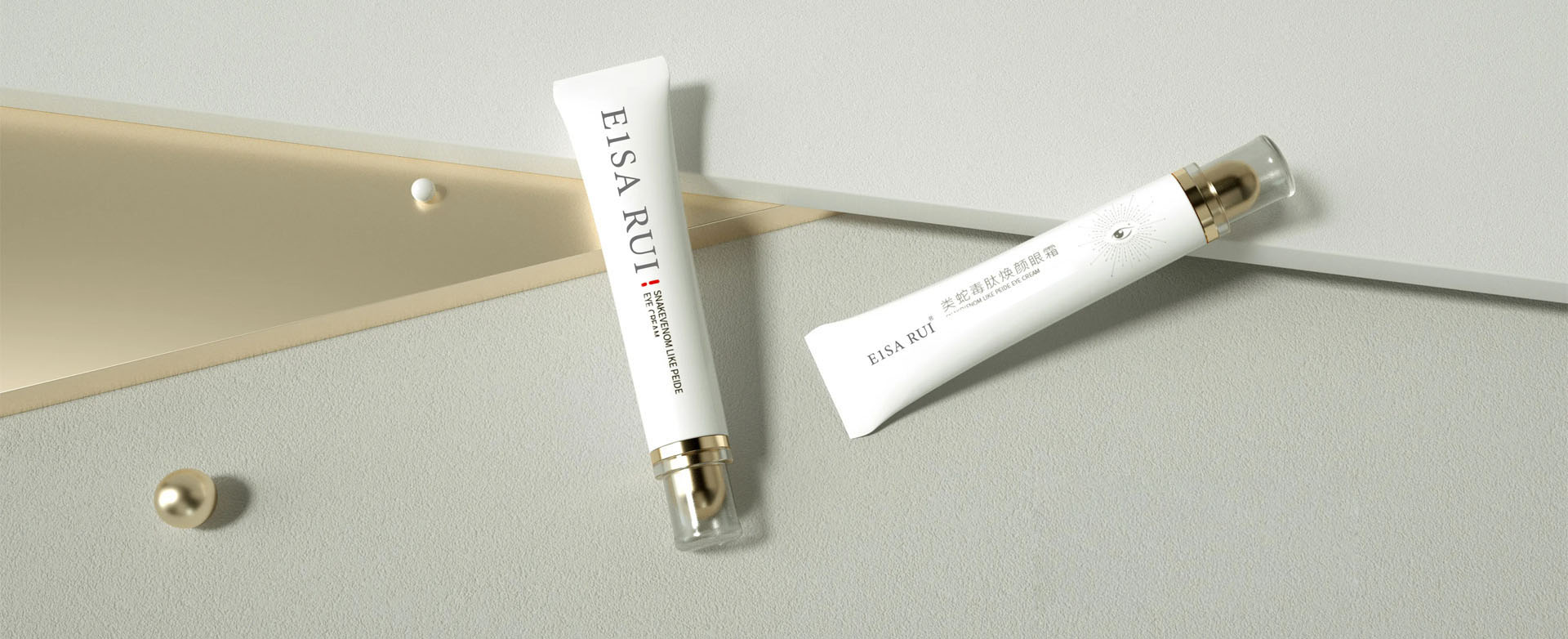Currently, the most commonly used plastic tubes in cosmetic packaging include aluminum-plastic composite tubes, all-plastic composite tubes, and plastic (PE) extruded tubes. These tubes can meet various requirements for cosmetic packaging, such as hygiene and barrier properties.
Aluminum-plastic composite tubes:
Aluminum-plastic composite tubes are manufactured using a co-extrusion process that combines aluminum foil, plastic film, and industrial adhesives to form rolls of a specific width. These rolls are then slit and rewound according to the tube diameter’s unfolded width, printed according to customer specifications, and finally processed into tubular containers using specialized tube-making machinery. Their typical structure is PE/PE+EAA/AL/PE+EAA/PE. Aluminum-plastic composite tubes are primarily used for packaging cosmetics with high hygiene and barrier requirements. The barrier layer is typically aluminum foil, and its barrier performance depends on the porosity of the aluminum foil. With advancing technology, the thickness of the aluminum foil barrier layer in aluminum-plastic composite tubes has decreased from the traditional 40μm to 12μm, or even 9μm, significantly conserving resources.

2. All-plastic composite tubes
All-plastic composite tubes are entirely made of plastic and are divided into two types: all-plastic non-barrier composite tubes and all-plastic barrier composite tubes. All-plastic non-barrier composite tubes are generally used for packaging low-end, fast-moving cosmetics; all-plastic barrier composite tubes, due to the presence of seams during tube production, are typically used for packaging mid-to-low-end cosmetics. The barrier layer can be a multi-layer composite material containing EVOH, PVDC, or oxide-coated PET. The typical structure of all-plastic barrier composite tubes is PE/PE/EVOH/PE/PE.
3. Plastic (PE) Extruded Tubes
Plastic (PE) extruded tubes utilize co-extrusion technology to co-extrude raw materials of different properties and types into a single-step molding process. Plastic (PE) extruded tubes are divided into single-layer extruded tubes and multi-layer co-extruded tubes. The former is primarily used for packaging fast-moving cosmetics with high aesthetic requirements but lower performance requirements (such as hand cream), while the latter is mainly used for packaging high-end cosmetics.


